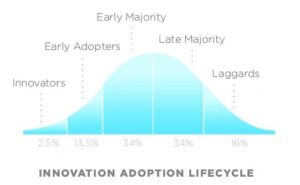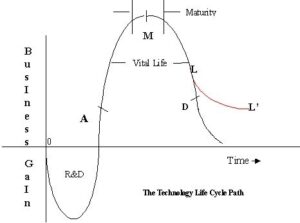My previous posts have focused on the more tactical elements of managing your company’s intranet space, particularly reframing how decision-makers and leaders view their “intranets.” The truth is, I don’t like the word intranet. It’s got a bad rap, for one, and does not represent what intranets have become.
They are no longer shared file systems. They are no longer shared hard drives. They aren’t even online communities, anymore. Why? Because the employee wants and needs an integrated, seamless user experience to do their job effectively and with minimal friction (and thus frustration).
For most of my career, I’ve been watching technology teams pursue a magic one-size-fits-all tool for an intranet, online community, etc. The most progressive companies have given up the ghost, realizing that the space has only become more splintered and specialized, and that a modular approach is needed.
It’s time to expand the definition of “intranet” to something bigger, something that encompasses the overall digital experience of your employees.
I call it the digital (workplace) ecosystem. It’s not just an intranet anymore, or any one tool that a majority of employees use. It’s all of the tools, all of the employees use, together, whether they’re integrated or not. It’s the consideration of the full employee user experience (EUX).
Like a biological ecosystem, it’s complex (many moving parts), includes organisms (human workers), faces threats (security threats), and is in an ever-changing state. The great thing about the concept is that it is just abstract enough to apply to any vertical, any team. The problem is, of course, that it is abstract and people get overwhelmed or confused trying to make sense of it all.
Making tools work together, through complex integrations or basic manual processes, helps everyone. It’s hard work, though. How do you manage collaboration across different project teams? How do you get into the heads of the employees? How do you balance the tactical, the technical, and the content?
There are three key components to a successful Digital Workplace Ecosystem:
An owner. You need at least one impartial person to engineer (or architect) the entire framework. Someone who can think big, consider all sides, without getting bogged down in the tedium or politics of it all. Someone to call for action when people are distracted by other projects or bogged down with politics and indecision.
A council of knowledge. This is all the people that own the knowledge systems across your organization. This isn’t a steering committee. It’s an ongoing meeting where all voices connect, share best practices, ask questions, stay updated on what’s changing with the organization, and discuss opportunities to collaborate on the ground floor.
C-suite collaboration. You can get every single project team running on the same path but if the leadership at the top is pointing their reports in different directions, who will the project team answer to? You’ve got to go all the way up to the C-suite. No one part of the organization can own it exclusively, or information and processes become too siloed.
Easier said than done, I know, but I’ve been banging this drum for a long time and firmly believe any company can do it with the right support. Patience pays. Impatience also has its moments. It can take a long time to create a healthy ecosystem, but you’ve got to start somewhere. I recommend starting right now.


